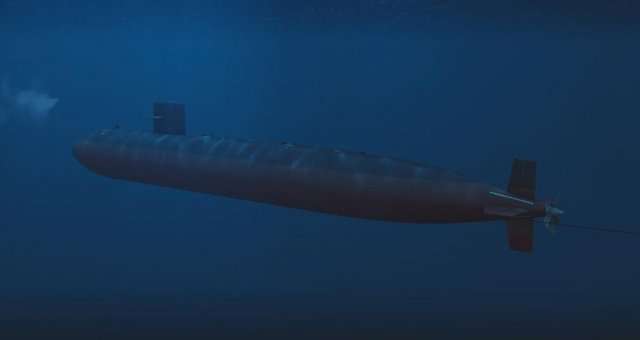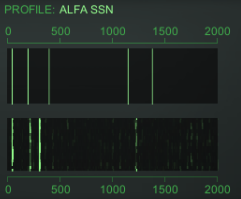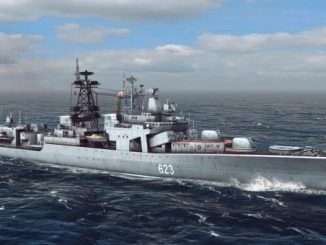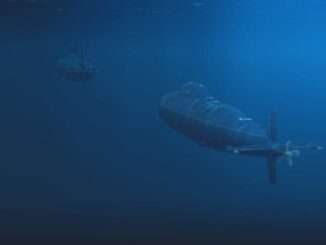
Simple guide of sonar on Cold Waters.
Sonar in Cold Waters
Killerfish Games made brilliant operations manual, explaining all those science blah blah about acoustics, sensors, sonars etc. in just a few pages and short & simple training sessions, in addition You can find hours videos and hundreds pages manuals over internet explaining these topics as much in depth as they possible can. You can watch/read them all, tho game doesn’t require You to know all that stuff to be effective submarine captain and I will try show that with this short guide.
TMA
Bearing is first data You get about contact – its always accurate as long as You have contact and can be acquired by passive sonar, ESM and Periscope.
Speed, Range, Course – is calculated by crew, while SOL show percentages how calculations are accurate. SOL needs to be 85% to have firing solution and 95% for 100% accurate solution.
Accurate range can be acquired by active sonar, radar and periscope laser, which immediately boost SOL, but that can be counter-detected.
Operations manual lists factors effecting SOL under Target Motion Analysis, in short You need better sonar signal and/or wait for crew make more accurate calculations.

Signature/Sonar
Since US submarines are superior in passive sonar and stealthness, this is Your main weapon.
First thing You do is identifying contact. Simply click arrows until all lines line up and click check mark to confirm. Towed array at 5kts shows You best picture.

SIG STR panel shows You sonar signal strenght of active, passive hull sonar and towed array to selected contact.

Factors Effecting Performance
- Active – ambient noise,layer and duct, range, speed (performing best at 0kts).
- Hull passive – ambient noise, layer and duct, range, speed (performing best at 0kts), contact noise and speed.
- Towed Aray – ambient noise, layer and duct, range, speed (performing best at 5kts), contact noise and speed.
Usage: passive signal strength use to decide what speed and depth You want to travel while still maintaining signal and strength positive.
SNS COMP panel shows You strength of contact sonars.

Factors Effecting Performance
- Active – ambient noise,layer and duct, range, contact speed, Your sub angle towards contact (at bow/aft is minimum).
- Hull passive – ambient noise, layer and duct, range, contact speed, Your sub noise and speed.
- Towed Aray – ambient noise, layer and duct, range, contact speed, Your sub noise and speed.
Usage: strength of active shows what range You can approach contact without being detected by pings. While strength of passive how fast You can go without being detected.
Basically its a cheat and I believe its calculated by actual contact position and not from TMA data. Its like having Sean Connery on board of each of Your contacts and real time telling You what they see and hear.
- [You]: Damn Sean, my crew still cant get good SOL to sink Your ship!
- [Sean]: Relax buddy, we still cant see or hear, You can come closer / faster.
Written by Leemos.




Be the first to comment